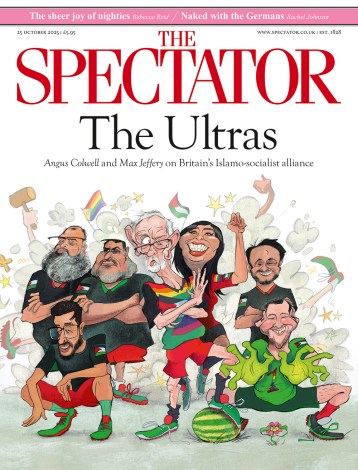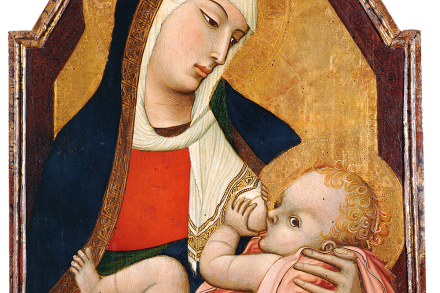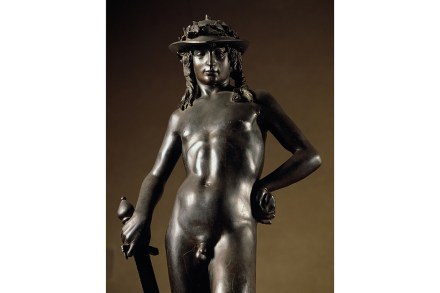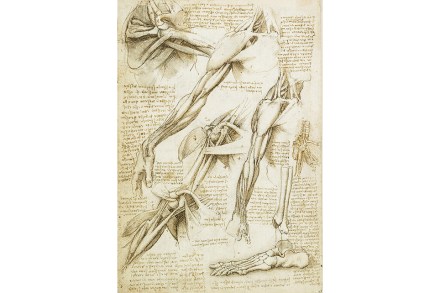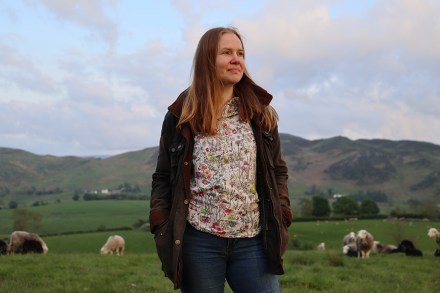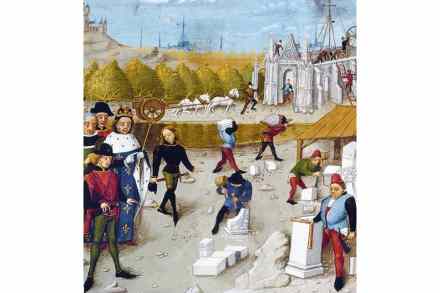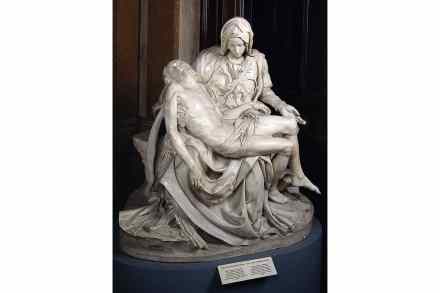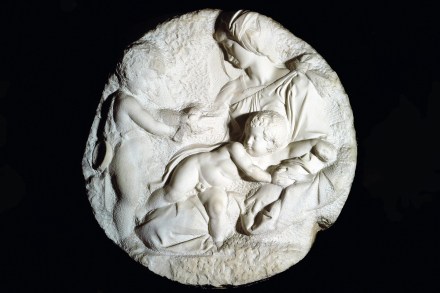The staggering beauty of Fra Angelico
In 1982, Pope John Paul II surprised a few people by beatifying Fra Angelico, the 15th-century Dominican friar from near Fiesole. It’s not clear why he put Beato Angelico on the road to sainthood, given that the artist didn’t perform any miracles. And yet, after spending a few hours immersed in his works, which are both profoundly sacred but also staggeringly beautiful, you begin to understand the decision. He was certainly a hit with popes. Pius XII was such a fan that, in 1955, when the first major Fra Angelico exhibition was held at the Vatican, to mark 500 years since his death, he gave a handwritten speech praising the

